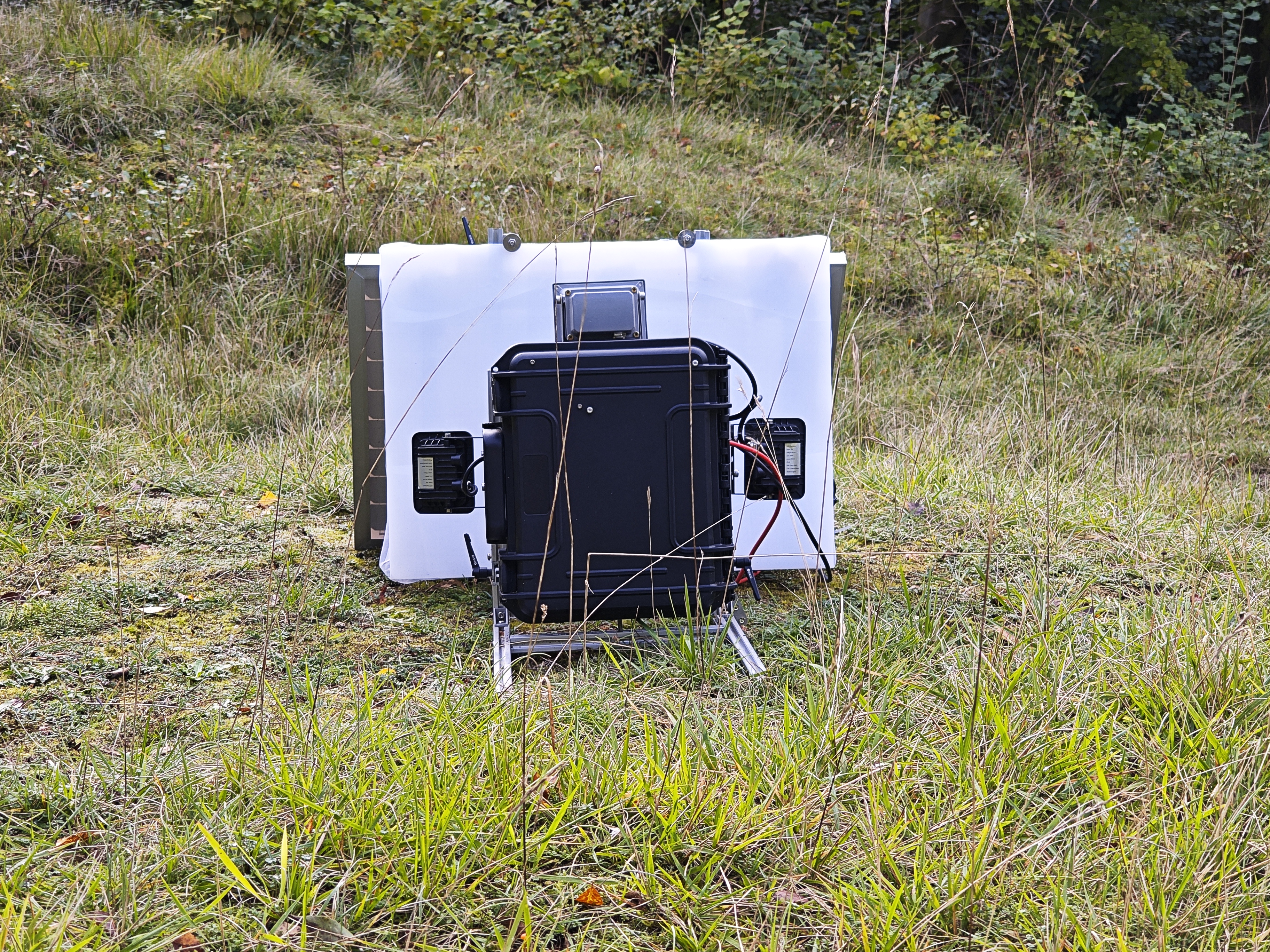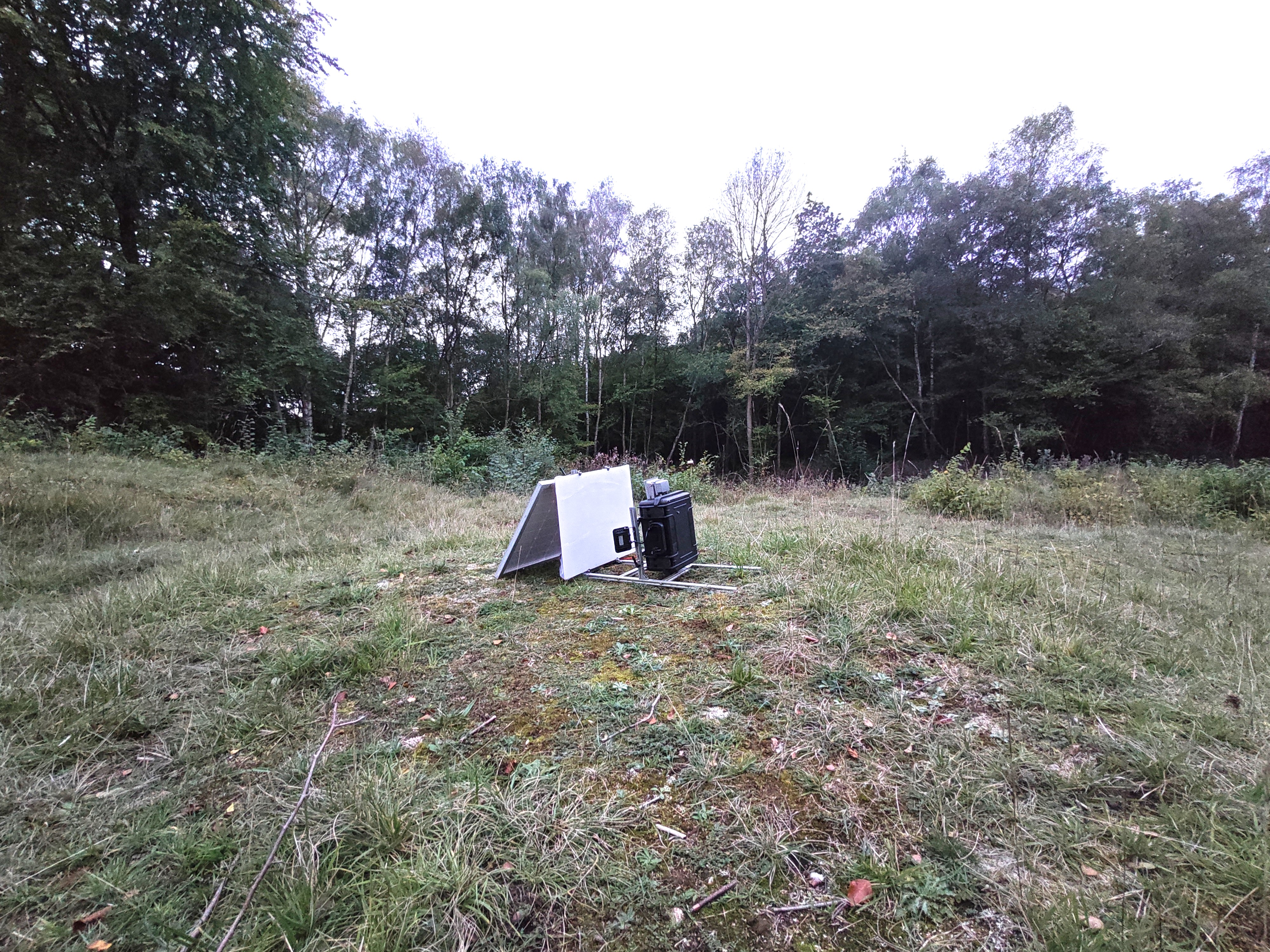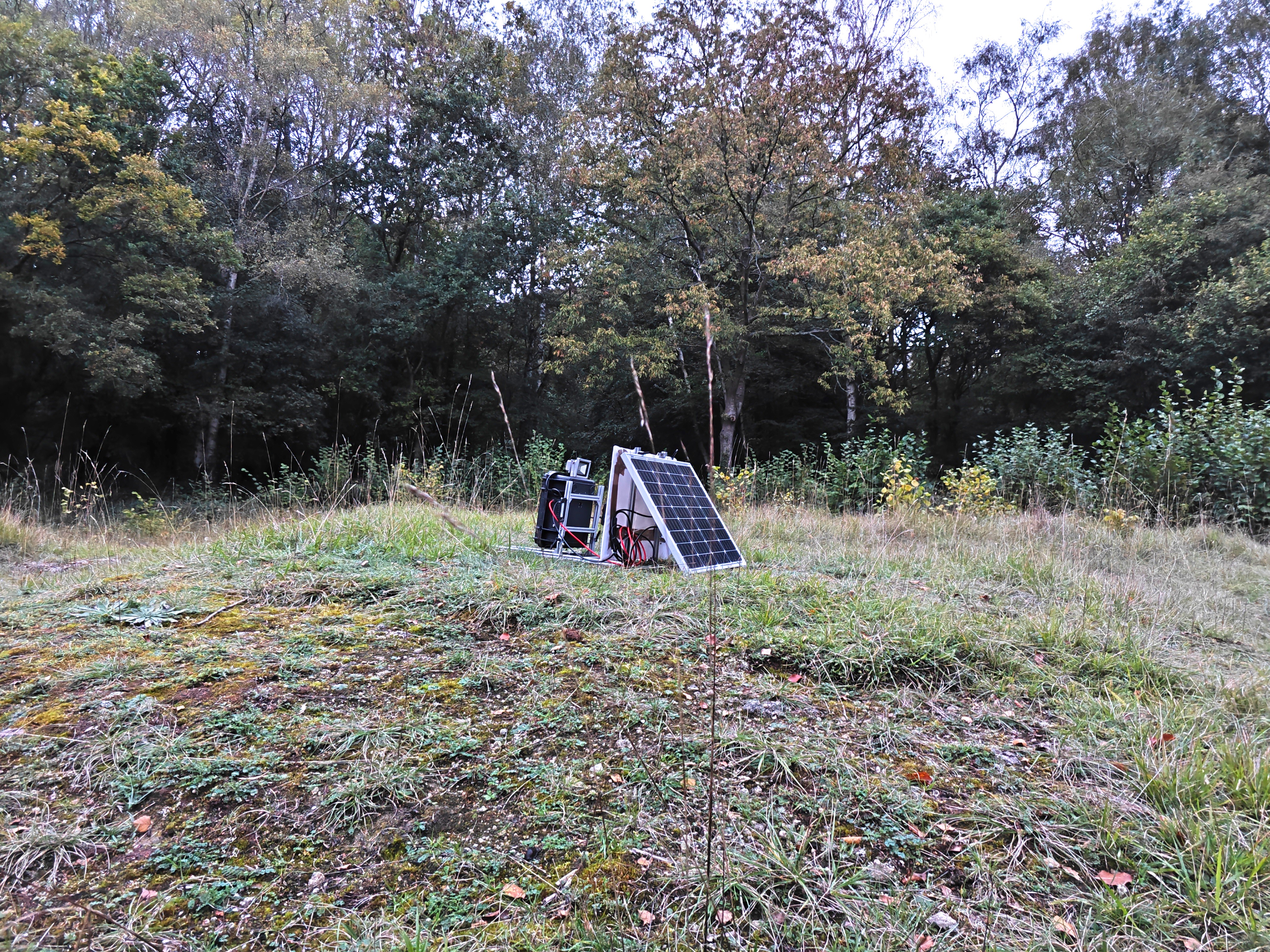Camera moth trap
The moth camera is a device designed for the detection and observation of various moth species. It serves as a non-lethal monitoring tool for those seeking to study nocturnal insect populations while minimizing disturbance to their natural habitats.
This camera operates during the nighttime hours, utilizing both ultraviolet (UV) light and visual light to attract moths to its location. Once attracted, any movement in front of the camera’s sensor triggers an automatic photograph, allowing researchers or enthusiasts to document and identify specific moth species. Leveraging machine learning techniques, the camera automatically classify the moths by species and the detection model is continually refined when its classifications are approved by experts.
The camera system is water proof and powered through solar cells, enabling deployment in remote locations without relying on external power sources.
Sample photos
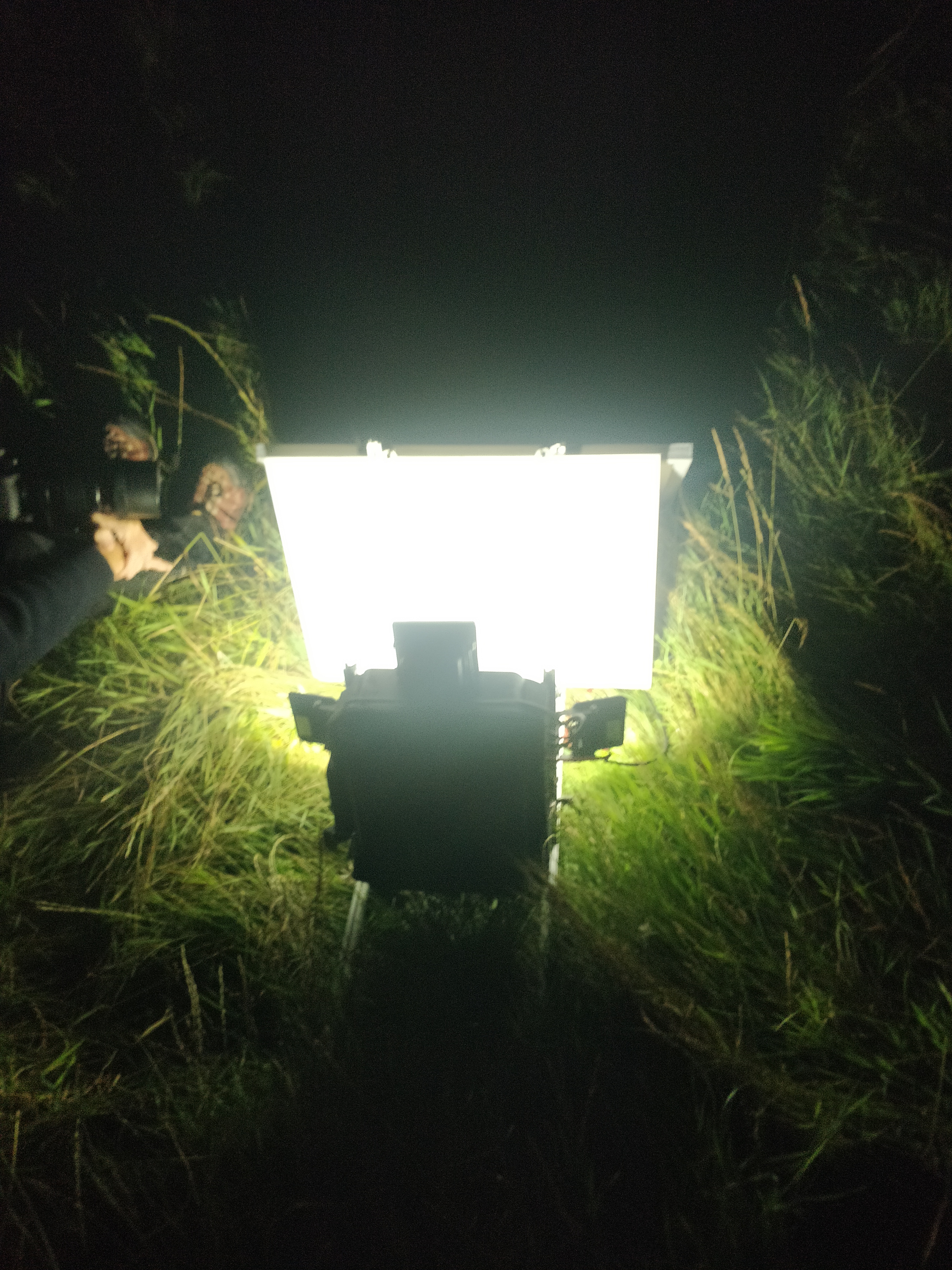


mini camera moth trap
The mini-moth trap is a small, portable camera that can be easily mounted, for example, on top of a post, allowing for moth monitoring in areas where grazing occurs. It can be powered either from an external source, such as solar panels, or via a mains connection.

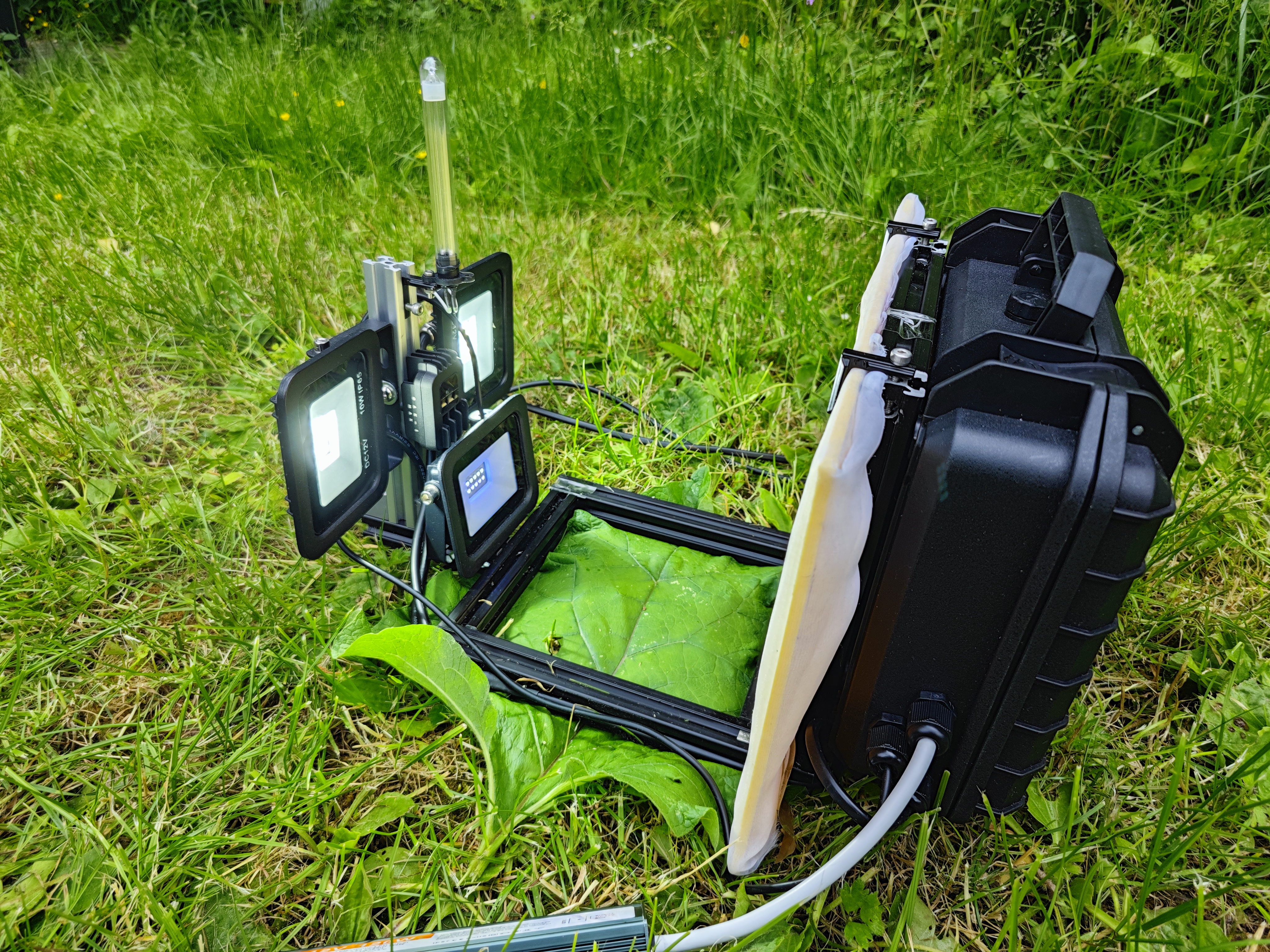
Inspiration
The camera is built with inspiration from the design by Kim Bjerge et al., which is described in the following paper:
- Bjerge K, Nielsen JB, Sepstrup MV, Helsing-Nielsen F, Høye TT. An Automated Light Trap to Monitor Moths (Lepidoptera) Using Computer Vision-Based Tracking and Deep Learning. Sensors (Basel). 2021 Jan 6;21(2):343. doi: 10.3390/s21020343. PMID: 33419136; PMCID: PMC7825571.
More information
For more information, please contact us at:
contact [at] theailab.dk

